When plants and animals are incompatible
More and more people are passionate about plants and are cultivating small gardens inside their homes, growing vegetables on their balconies or buying decorative plants. In addition to bringing beauty to your décor, gardening is a very sane activity that allows you to relax and stay in the moment.
However, an important challenge can present itself when plants and animals are living under the same roof. You might find that the cohabitation between plants and animals isn’t as simple as you might have thought, for instance if your pup started chewing on toxic plants or your kitty wanted to relieve himself in a flowerpot. Certain animals don’t care much about the plants around them, while others are obsessed with them – especially puppies and kittens. Prevention is your best bet to ensure your companions’ safety: don’t wait for an accident to happen before acting.
Choosing plants
Several plants adored by gardening enthusiasts are sadly harmful to animals. For instance, the alocasia, aloe vera, the heartleaf philodendron, the jade tree or even Devil’s ivy are toxic for cats and dogs.
Here are five plants that are safe for your animals:
- Spider plant: Not only is it easy to multiply and very resilient, but this plant also doesn’t need much light and can survive in a semi-shaded environment.
- Burro’s tail: Also known as “donkey tail”, this plant loves bright light and requires minimal watering. It’s very fragile and will tend to break if moved around.
- Silver ripple peperomia: With its unique leaves reminiscent of watermelon, this plant prefers indirect sunlight and proper humidity levels.
- African violet: For bright-colour lovers, the African violet is certainly the plant to opt with. It requires minimal maintenance and prefers strong, indirect sunlight.
- Pilea peperomioides: Better known as the “Chinese coins” plant, this very popular plant is easy to multiply. It needs minimal water but loves humidity.
Several types of herbs – such as basil, thym or mint – are also safe for cats and dogs. Not only will they bring freshness and flavour to your meals or drinks, but they’re bring beauty to your home.
Each animal species has its particularities; certain plants that aren’t toxic for dogs can be toxic for cats or rabbits, and vice versa. Inform yourself before purchasing a new plant to make sure they’re not dangerous to the animals in your home.
Properly manage your environment
In the presence of animals, make sure you place your plants logically inside your home. Spider plants aren’t toxic for cats, but lots of felines love it and could decide to chew on it.
To avoid your companions chewing on your greenery, use higher spaces to protect your plants. For instance, install shelves that aren’t accessible to animals or hand pots from the ceiling. However, keep a lookout for parts of the plant – such as flowers or dead leaves – that can fall to the ground. The best thing to do is to restrict your animal’s access to toxic plants completely by placing these plants in a room where your furry friend can’t enter.
If your plants are too heavy to be hung, place them on a pedestal. They’ll be more difficult to access for young animals, who tend to chew on anything they get their paws on.
Finally, remember that digging is a natural behaviour for animals. If you have a very big plant inside the house, your pup might dig in the earth to discover what’s hidden deep inside or your kitty might decide it’s the best litter box ever. Cover the dirt with big river rocks to make it more difficult and less tempting for your curious little friends.





